Paediatric First Aid Online Training Course
Quantity: 1
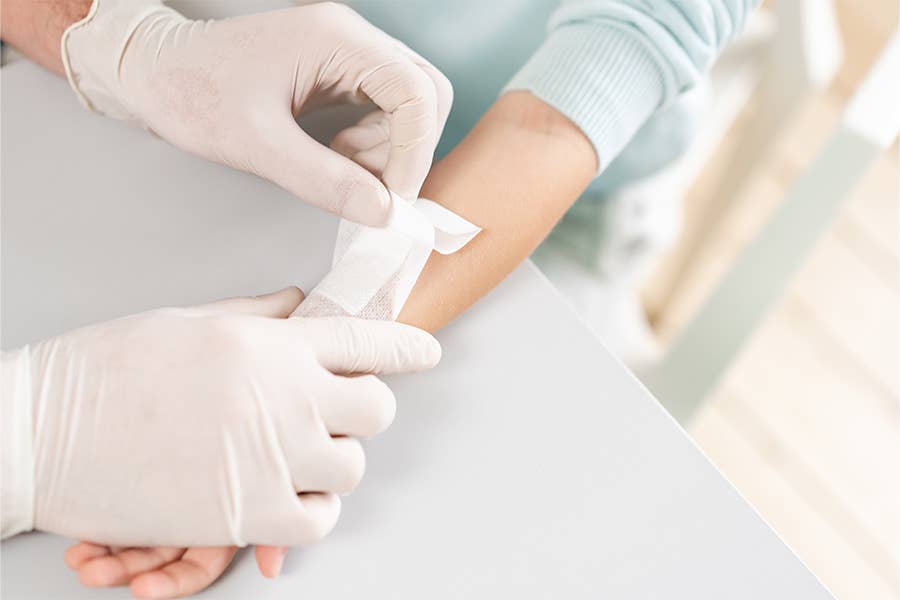
Duration 5 hours
Last audited 31st July 2025
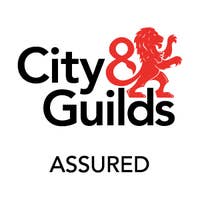
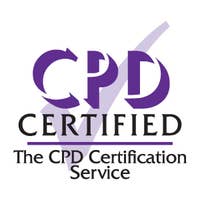


100% online training
Start when you like
Learn on any device (desktop, mobile or tablet)
Instant assessment and result
1 learner per course
Train teams of all sizes
Bulk discounts starting at 10% off 10 courses
Pay by invoice with 30 day payment terms available (5+ courses)
Includes a 10% discount for 10+ courses
This Paediatric First Aid training course will teach those who work with infants or children how to deliver paediatric first aid assistance in an emergency. It covers a variety of fundamental first aid topics, including the law surrounding first aid, how to carry out primary and secondary surveys, how to put children and infants into the recovery position, how to respond to choking, how to administer life-saving CPR, how to use defibrillators, and how to provide assistance for a variety of injuries and illnesses.
The course contains a number of videos, illustrations, and downloadable resources to help aid your learning during the course and beyond. Upon completion of the training, you will gain the confidence to take appropriate action in a range of situations, from minor incidents to life-threatening accidents, and know when to seek further medical advice if required.
Note that although this online course provides comprehensive guidance, practical hands-on training is required to become a fully qualified first aider. However, this course serves as both a suitable refresher for those with existing first aid knowledge and a solid introduction for those new to paediatric first aid.
100% online training
Access anywhere
Same day digital certificate
Printed certificate posted next working day
Full audio voiceover
Assessment retakes at no extra cost
Learn at your own pace with no completion deadlines
Written in compliance with the Health and Safety (First-Aid) Regulations 1981 and in accordance with Resuscitation Council UK guidelines
Developed by qualified first aid professionals
Accredited by CPD and IIRSM
Bulk discount for orders of 10+ courses
Updated in line with the new Early Years Foundation Stage (EYFS) Framework
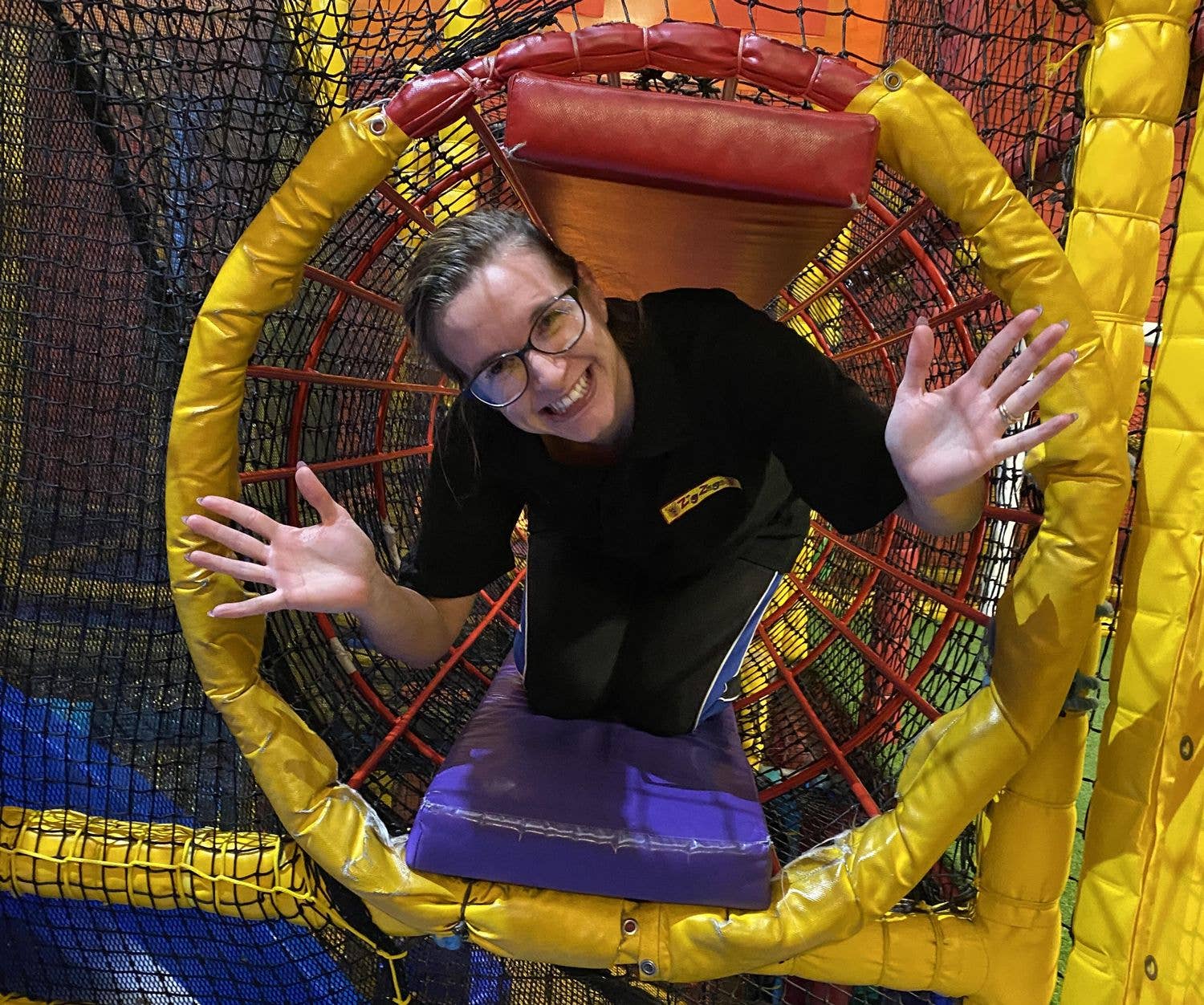
Emily Khan is a Party Host at Zig Zags Play & Party Area indoor soft play centre in Brierly Hill. She had to put her Paediatric First Aid knowledge into action when she discovered one of the children at the centre was choking. See how our training could help you when the worst happens.

Save on our courses when you buy more training upfront. Lock in a better price now and access the training whenever you need to. You can mix and match any of our courses too and get the discount off your whole order.
10+ courses = 10% off
50+ courses = 20% off
100+ courses = 30% off
500+ courses = 40% off
By the end of this Paediatric First Aid (PFA) course, you will understand:

City & Guilds Assured
Thoroughly reviewed independently by City & Guilds learning and development experts, this course is approved as City & Guilds Assured. High Speed Training is the first e-learning provider to have online courses awarded City & Guilds Assured status.
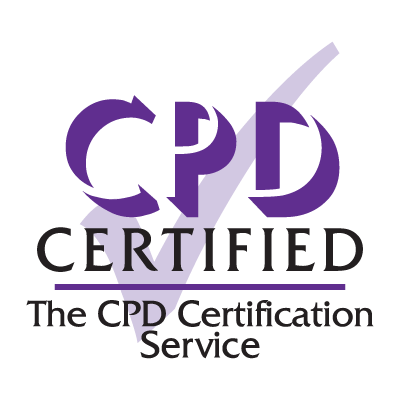
Accredited by CPD
All of our courses are accredited by the CPD Certification Service as conforming to universally accepted Continuing Professional Development (CPD) guidelines.

Approved by IIRSM
Additionally, this course has been independently recognised by the International Institute of Risk and Safety Management as meeting the standards of its Training Approval Scheme.
Recommended renewal:
3 years
What does this mean? This certificate does not have an expiry date, however, based on industry best practice guidelines there is a recommended renewal period.
Our in-house Learning Designers develop all of our courses to give you and your learners the most engaging training possible.








What is first aid, what first aid provisions are required by law, what should a first aid kit contain, medical assistance, safeguarding considerations, infection prevention, hand hygiene, handwashing procedure, personal protective equipment (PPE), cleaning after first aid, waste management after first aid, and recording and reporting incidents.
The primary survey (DRABC), step 1: danger, step 2: response, step 3: airway, step 4: breathing, step 5: circulation, primary survey example scenario, the secondary survey, full body examination, and children in distress.
Unconscious casualties, the recovery position for children, the recovery position for infants, the head tilt and chin lift technique, the jaw thrust technique, administering CPR, administering CPR to children, administering CPR to infants, further considerations for CPR, and defibrillators (AEDs).
Choking, wounds and bleeding, applying bandages, shock, burns and scalds, chemical burns, and electrical injuries and electric shock.
Eye injuries, head injuries, nosebleeds, fractures, sprains and strains, dislocations, spinal injuries, hypothermia, and drowning.
Asthma, allergic reactions, anaphylaxis, stings and bites, epilepsy and seizures, high temperatures and seizures, diabetes, hypoglycaemia, and hyperglycaemia.
Hyperventilation, sickle cell, meningitis and septicaemia, sepsis, and croup.
The online assessment is taken on completion of the training material. You will be asked 30 multiple choice questions with a pass mark of 80%. The answers are marked automatically so you will instantly know whether you have passed. If you don't pass don't worry! You can take the test as many times as you need with no extra charge.
This course is designed for those who work with infants and children and have been assigned paediatric first aid responsibilities. In the context of first aid, infants are newborn to 12 months, while children are aged 12 months to the onset of puberty.
Examples of those who may take this course include:
This course is not a substitute for practical training, which is required to be considered a qualified first aider. However, it is suitable to take as a refresher course for those with existing first aid knowledge or for those who are already qualified first aiders, as well as for first time learners to give them a solid introduction to paediatric first aid.
If you are looking for a course to comply with Ofsted's requirements, please contact your local authority.
No, this course does not make you a qualified paediatric first aider. If you are looking to become a qualified paediatric first aider, then you'll need to undertake a practical first aid course in addition to this one to meet current legislative requirements. Always refer to your setting's first aid needs assessment to determine whether you require practical training alongside this online course.
All of our training is done within your web browser - there are no apps to download or software to install.
After picking the courses you need and completing your purchase, you will receive a confirmation email. To access our courses yourself or to distribute them to others you just need to click the ‘Get Started’ button within the email and select which option you want. You will then be able to add the course(s) into an existing account, or create a new account.
Of course just add the amount of courses you need and follow the purchase process. Please do be aware that it is one course per learner so they will all need their own course.
When buying courses for a team you'll also get access to our Management Suite free of charge. This is a tool that will allow you to allocate, track and review the training of your team.
Did you know? - We offer free training sessions on how to get the most from your Management Suite. To benefit from this, please contact: managersupport@highspeedtraining.co.uk to get your session booked in.
Yes, our bulk discounts are automatically applied to orders containing any combination of courses. We offer the following discounts on bulk purchases:
If you purchase 10+ courses you receive a 10% discount
If you purchase 50+ courses you receive a 20% discount
If you purchase 100+ courses you receive a 30% discount
If you purchase 500+ courses you receive a 40% discount
You can pay for our training using either a Debit or Credit card.
For companies ordering 5 or more courses, you’ll also be given the option to pay by invoice. If you would like to pay by invoice for fewer than 5 courses then please contact our Sales Team by calling 0333 006 7000 or emailing us at sales@highspeedtraining.co.uk.
Yes. You can use your username and password to log in and revisit the training material as many times as you like, even after completing the course.
No, we want our courses to work around you so there’s no time limit in which you must complete the training after making a purchase. You can also split your training over as many different sessions as you wish, as course progress is saved as you make your way through the training. You’re free to learn entirely at your own pace.